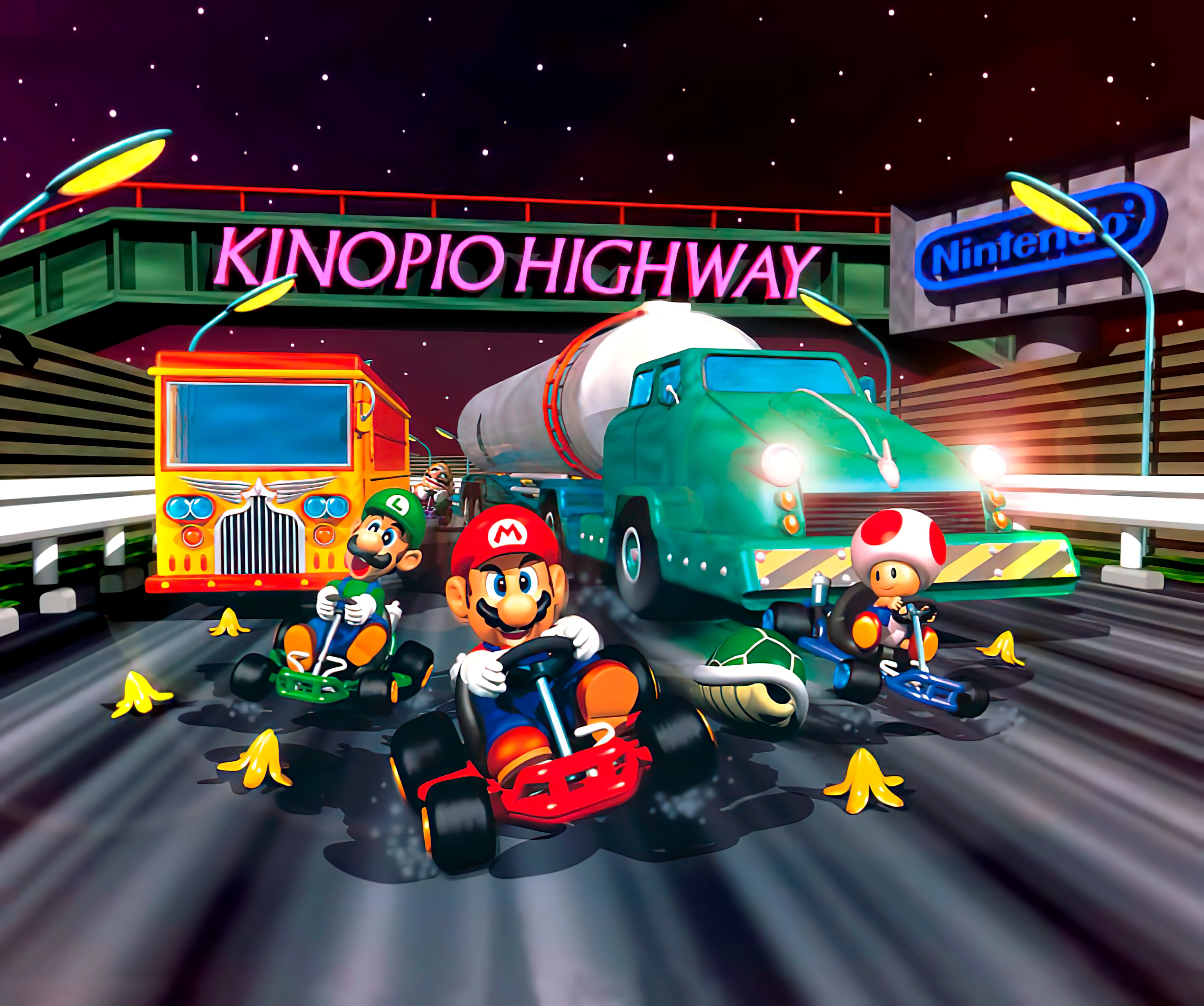

You'll usually see the same change on Nintendo games' boot-up screens. The Nintendo logo was changed from blue to red. The "Luigip" sign is an imitation of the Agip logo. version has a "YOSHI" sign with a paw print. The "Marioro" sign (a nice parody of the Marlboro logo) was changed to "Mario Star."Īnother clever parody is the "Yoshi 1" sign, playing off of the Mobil 1 logo, red "O" and all. The following comparisions are from Luigi Raceway, but the signs appear in several courses. Out of all the "advertisement" signs, the only one that stayed the same was the " Shot!" sign. Also, the lettering on the name labels is slightly bigger in the U.S. Charles Martinet is the only person credited in both versions.Īs always, "Kinopio" changes to "Toad," and "Koopa" changes to "Bowser" for the U.S. Note that there are six people credited for "Sampling Voice" in the Japanese version, but the U.S. Click to hear part of Wario's laugh in three different speeds: Japanese version | U.S.

The following voice clips compare what the characters say when selected on the Player Select screen. The comparison above hints at another audio change: Luigi, Peach, Toad, and Wario have different voices in the U.S.

Mario greets you with "Welcome to Mario Kart-a!" in the U.S. When the Mario Kart 64 title screen appears, each version has a different welcome message.


 0 kommentar(er)
0 kommentar(er)
